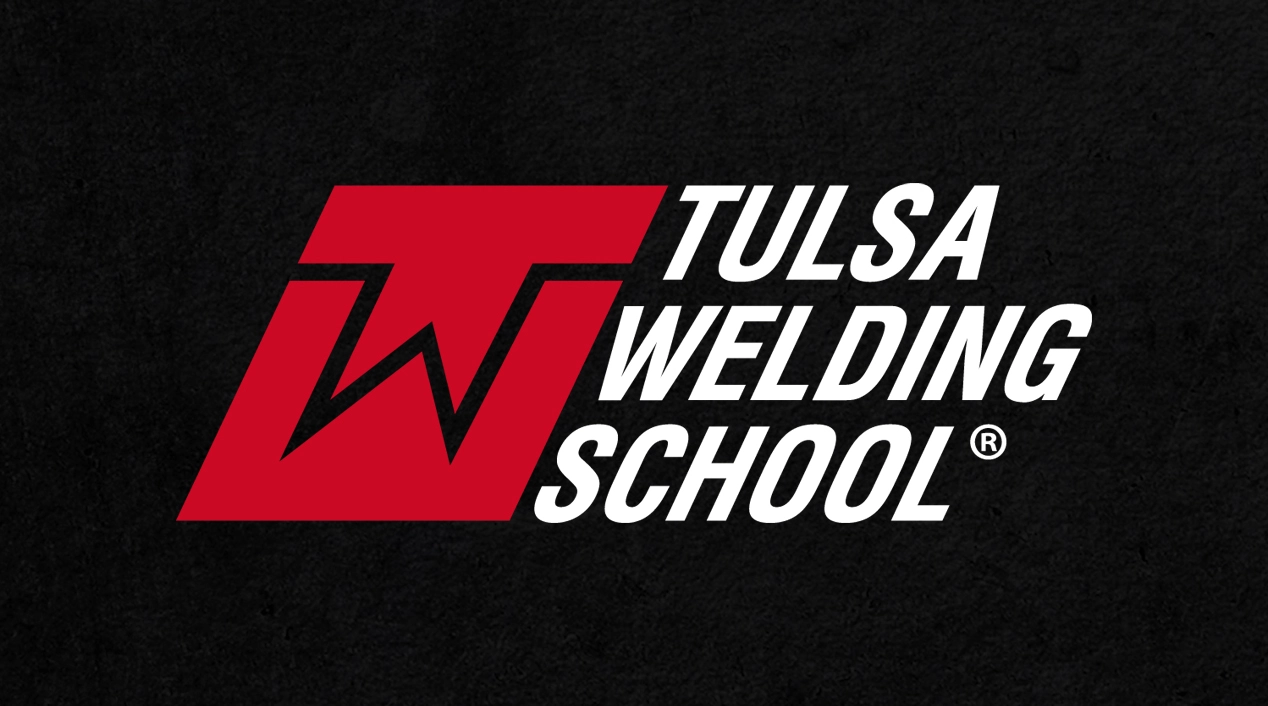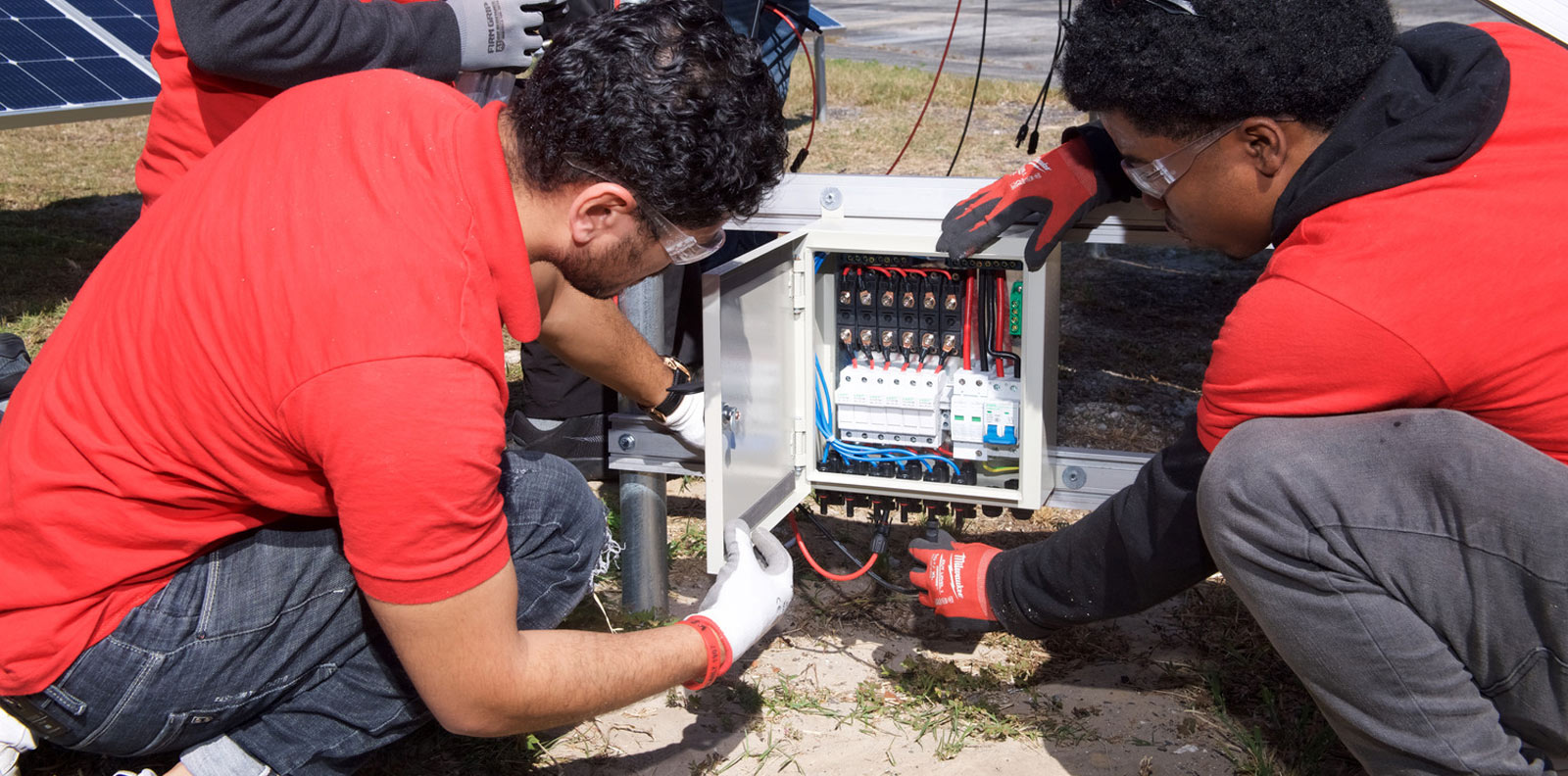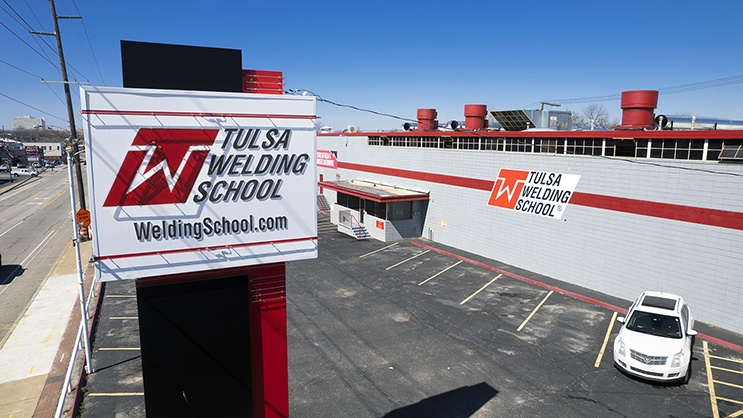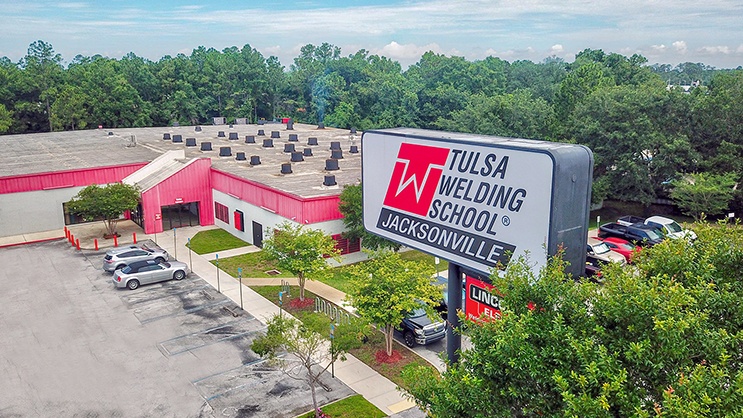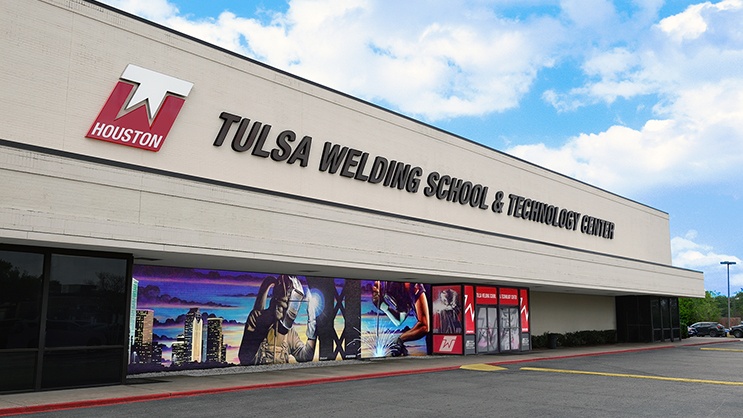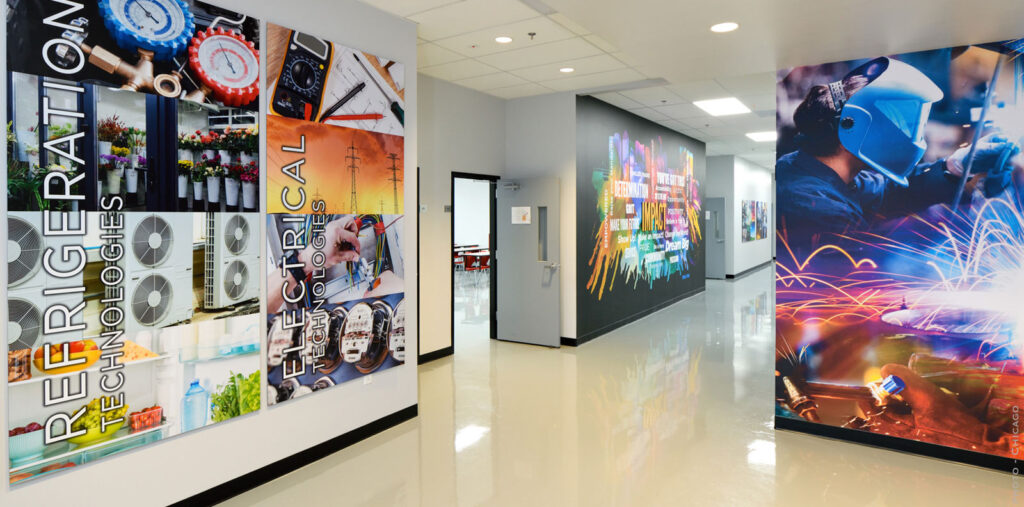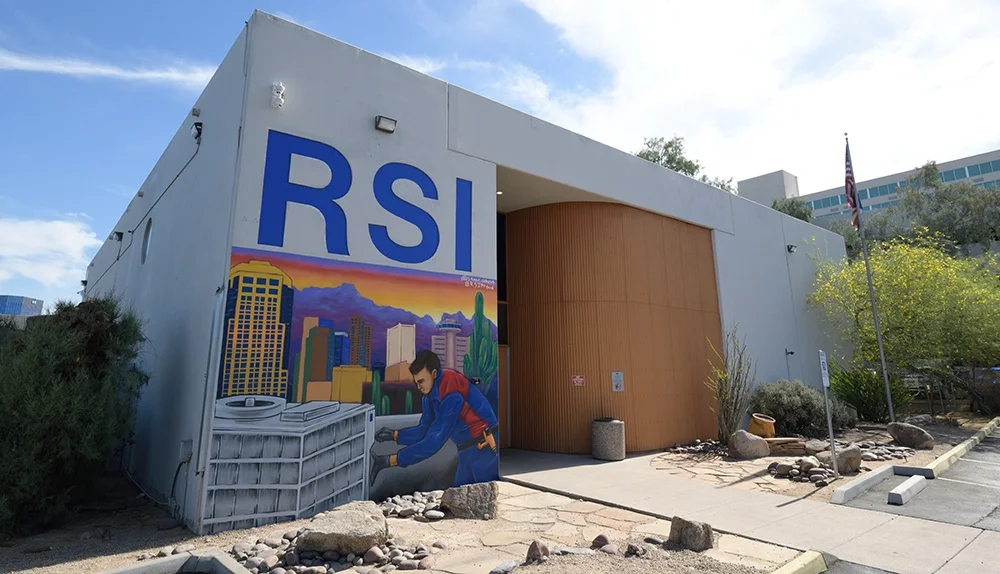TWS is a Great Training Option for Everyone
Learn more about how we can prepare you to advance your career.
Welding is one of the most widely used methods of fusing metals. Several industries rely on the strong metal bonds welding creates. In fact, over half of the products made in the U.S. require welding. 1 A welding career can take an individual to the racetracks of NASCAR, the oil fields of Texas, and the airports and airplane manufacturing plants across the nation.
Introduction to Aircraft Welding
Welding was used in the construction of some of the first aircraft that was successfully manufactured for commercial use. Over the years, the manufacturing process and technologies used in aerospace evolved. The industry developed new techniques to work with lighter metals, such as titanium, aluminum, and magnesium. Today, several different welding processes are employed.
Aircraft Welding Processes
Gas Welding
Up until the mid 1950s, gas welding was the most common process used to produce aircraft materials that were less than 3/16-inch thick. Electric arc welding largely replaced gas welding because it was more economical. Gas welding is still frequently used for aircraft repair.
Types
- Oxy-Acetylene Welding: This process is used for aircraft fabrication.
- Electric Arc Welding: Today, the aircraft industry uses electric arc welding extensively in aircraft manufacturing and repair. Electric arc welding is suitable for numerous kinds of metal.
Gas Tungsten Arc Welding (GTAW or TIG)
During the late 1930s and the early 1940s, the aircraft industry developed TIG welding for use on magnesium. 2 TIG welding is still the preferred process for magnesium today as well as for stainless steel and thick aluminum. Aircraft maintenance and repair are two of the main applications of TIG welding in this field.
Have You Considered a Career in the Skilled Trades?
Fill out the form to recieve a no obligation info packet.
Types
- Shielded Metal Arc Welding (SMAW): SMAW is sometimes used to weld steel fuselage structures.
- Gas Metal Arc Welding (GMAW or MIG): MIG welding is employed for large-scale aircraft manufacturing. Since destructive testing is necessary to determine the quality of weld this process produces, it is rarely used for repair work.
In addition to the above types of welding, the aircraft industry also uses electric resistance welding, specifically spot and seam welding, to join thin sheet metal components. It also employs plasma arc welding (PAW) for precision and miniature applications. 3
Aircraft Welder Job Description
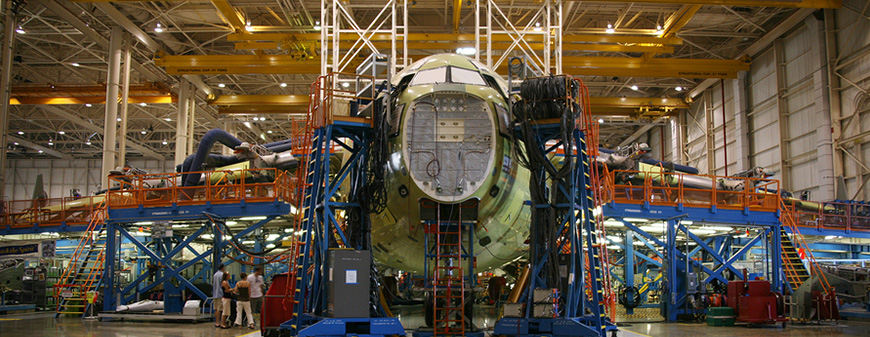
Welders are responsible for the manufacture and repair of airplanes, jets, and helicopters in the aircraft industry. In general, 60 percent of welders, cutters, solderers, and brazers (51-4121) work in the manufacturing sector and 5 percent in the repair and maintenance field 4.
The process of welding typically involves the following steps:
- Studying specifications, blueprints, and sketches
- Calculating dimensions of welding projects
- Inspecting materials and structures to be welded
- Monitoring one’s work to prevent overheating
- Maintaining machinery and equipment
How to Become an Aircraft Welder
There are high school classes that can help prepare an individual for welding training. These include physics, chemistry, and math. A student interested in pursuing welding training could also benefit from studying mechanical drawing and metallurgy.
After high school, many students enroll in a welding training program and typically receive instruction in the welding processes commonly used in the aircraft industry, such as SMAW, MIG, and TIG.
Many welders get certification in welding processes as it may be helpful for getting employment. Organizations such as the American Welding Society administers certification tests based on industry standards.
A Career in the Aerospace Industry
Welders play an important role in the manufacture and maintenance of aircraft. In order to become an aircraft welder, one must learn many welding processes. Welding training in them can be found in trade schools. Certification can also help one advance in the field. 5
1 – http://careersinwelding.com/welding_fun_facts.php
2 – Title: Welding Principles and Applications; Author: Larry Jeffus; Delmar Cengage Learning; Seventh Edition; Textbook page 374
3 – https://www.faa.gov/regulations_policies/handbooks_manuals/aircraft/amt_airframe_handbook/media/ama_Ch05.pdf (page 1-6)
4 – https://www.bls.gov/ooh/production/welders-cutters-solderers-and-brazers.htm#tab-3
5 – http://www.aia-aerospace.org/research-center/statistics/industry-data/workforce/
This blog has been labeled as archived as it may no longer contain the most up-to-date data. For a list of all current blog posts, please visit our blog homepage at https://www.tws.edu/blog/
